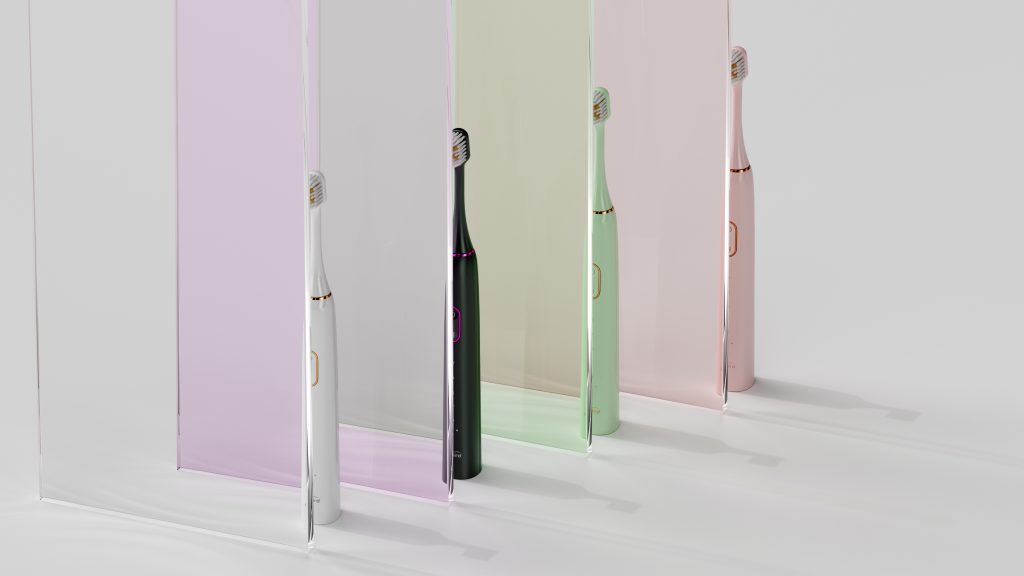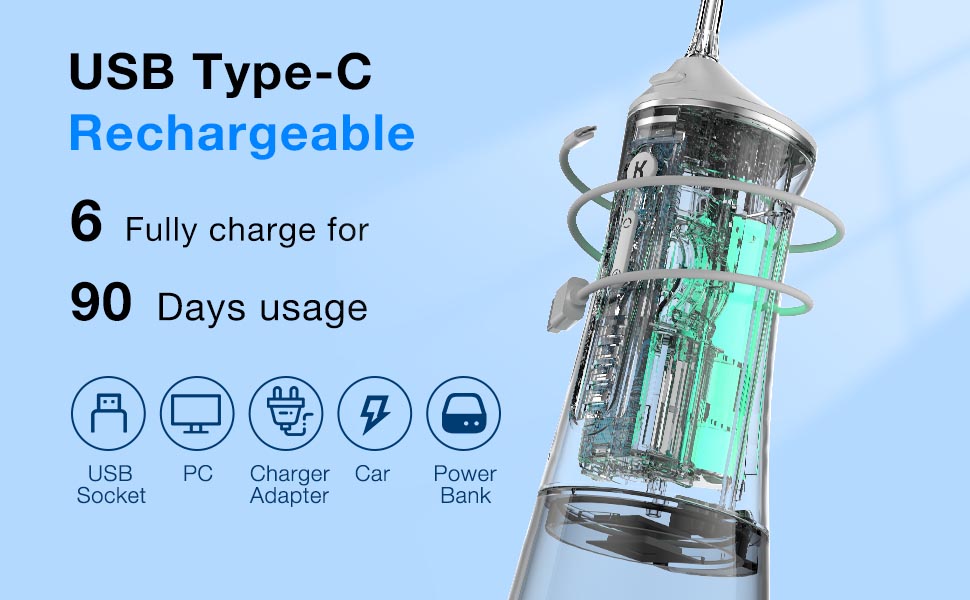For B2B manufacturers and OEM/ODM partners, designing an electric toothbrush for Colorado means more than slapping a camo skin on a standard handle. An authentic Colorado outdoor toothbrush — the true Colorado adventure toothbrush — is engineered as a system: rugged mechanics, weather-aware power management, reliable sealing, outdoor-friendly UX, and supply-chain choices that make the product sellable and serviceable in adventure channels. Below are six focused dimensions to guide product, engineering, and go-to-market decisions.
First, map customer segments and outdoor scenarios: hikers, mountain bikers, climbers, ski/snowboarders, fly-fishers, backcountry campers, and guide outfitters. Each group values:
Therefore, positioning the Colorado outdoor toothbrush as the default Colorado adventure toothbrush lets you target outdoor specialty retailers, guide shops, national parks stores, and premium travel channels with a differentiated feature set.
Next, prioritize rugged mechanics without inflating BOM needlessly:
These choices make the Colorado adventure toothbrush feel dependable when customers test it on the trail. Company web: https://www.powsmart.com/product/electric-toothbrush/
Moreover, field power behavior is a commercial differentiator:
As a result, the Colorado outdoor toothbrush earns trust by matching real trip durations and recharging opportunities.

Furthermore, sealing strategy must address water, mud, snow, and dust:
These measures make the Colorado outdoor toothbrush genuinely field-ready, not just “waterproof for the bathroom.”
Next, design features that matter in-use and at retail:
Together, these traits help convert an engineering win into strong on-shelf conversion for the Colorado adventure toothbrush.
Finally, ensure manufacturability and channel fit:
Executing these items turns engineering differentiation into repeatable revenue and lower warranty exposure.
To make your electric model the definitive Colorado outdoor toothbrush and true Colorado adventure toothbrush, do the following:
If you’d like, I can turn this into a 2-page product brief (materials table, drop matrix, battery spec, sealing stack, and suggested SKU ladder) so your engineering and commercial teams can move straight into prototyping and retail pilots. Contact us
Why Dentin Exposure Risk with UV Light Risks?
Hydrogen Peroxide Concentration & Motor Durability: Linked?

Why Does the Oral Irrigator Make Abnormal Noise After Being Used for a Period of Time?
Child Compatibility Meets Cold Light Sensitivity: Safe?
Does Toothbrush Battery Life Impact Gum Recession Risk?

ISO 13485 Certification Interpretation: How Do Electric Toothbrush Meet Medical Device-Grade Production Standards?
Pregnancy Contraindications & Noise Level Concerns: Safe?
Vibration Frequency Impact on Post-Treatment Sensitivity?
.jpg)
What’s the Best Electric Toothbrush for Outdoor Enthusiasts in Colorado?

Electric Toothbrush OEM Must-Know Question: How Much Money Can the Existing Mold Library Save?
Does Your Brush Fight Plaque Smartly?
Charging Time Efficiency & Oral pH Alteration: A Subtle Link?
Over-Bleaching Effects from Whitening Effectiveness Claims?

Key Process Traceability of Electric Toothbrushes: Quality Inspection Record Management of Motor Calibration and Waterproof Testing
Can Brush Head Rotation Cause Enamel Erosion?

Confused About the Multiple Flossing Options of the Water Flosser? Here’s How to Choose the Right One

Electric toothbrush heads Charcoal Infused-Diamond

electric toothbrush heads Deep Clean

electric toothbrush heads Ultra Soft

Customization Teeth Whitening Gel

electric toothbrush heads Regular Clean

electric toothbrush heads Charcoal Infuse-Round
.jpg)
Florida Electric Toothbrush – Powsmart PTR-C8

Private Label Whitening Gel
whstapp
whstapp
National Toll-Free Service Hotline
+86 755 86238638